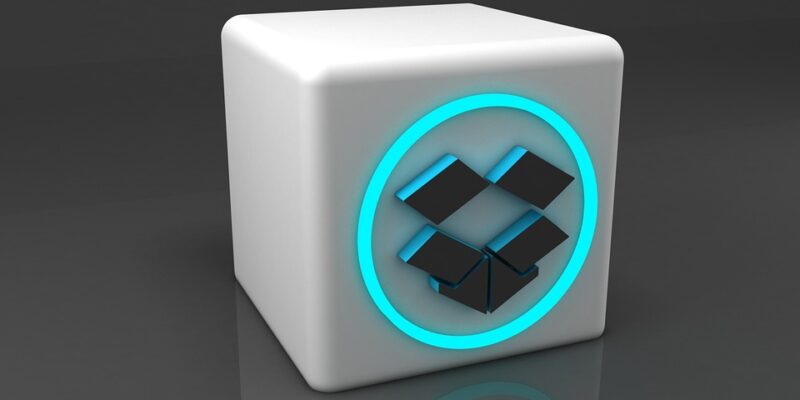Creating Stunning Visuals with 3D Modeling
In today’s digital world, creating stunning visuals with 3D modeling tools and techniques has become easier and more accessible than ever before. With the advent of advanced software and technology, artists and designers can now bring their creative visions to life in ways that were once only possible in the realm of imagination.
The Importance of 3D Modeling
3D modeling is an essential tool for the creation of realistic and visually appealing graphics, animations, and designs in various industries, including architecture, gaming, film production, and interior design. By using 3D modeling software, artists can manipulate shapes, textures, and lighting to create three-dimensional objects and environments that are indistinguishable from reality.
Popular 3D Modeling Tools
There are several popular 3D modeling tools available on the market today that cater to different user needs and skill levels. Some of the most widely used software programs include Autodesk Maya, Blender, Cinema 4D, and SketchUp. Each of these tools offers unique features and capabilities that allow artists to create stunning visuals with ease.
Latest Trends in 3D Modeling
As technology continues to evolve, new trends and techniques in 3D modeling are constantly emerging. One of the latest trends in the industry is the use of photorealistic rendering, which allows artists to create highly realistic images and animations that closely resemble photographs. Another popular trend is the integration of virtual reality (VR) and augmented reality (AR) technologies into 3D modeling software, enabling users to experience their designs in immersive virtual environments.
Advanced Techniques for Creating Stunning Visuals
To create stunning visuals with 3D modeling tools, artists and designers must employ advanced techniques that go beyond basic modeling and texturing. By mastering the following techniques, creators can take their work to the next level and produce visually striking graphics and animations.
Advanced Lighting and Shading
Lighting and shading play a crucial role in creating realistic and visually appealing 3D visuals. By understanding how light interacts with objects in a scene, artists can manipulate shadows, reflections, and highlights to enhance the realism of their designs. With advanced lighting and shading techniques, artists can create mood and atmosphere in their visuals, making them more engaging and immersive.
Texture Mapping and Material Design
Texture mapping and material design are essential aspects of 3D modeling that help artists create detailed and realistic surfaces for their objects and environments. By applying textures and materials to 3D models, artists can add depth, texture, and color to their designs, making them more visually appealing. With advanced texture mapping techniques, artists can achieve photorealistic results and bring their creations to life.
Physics-Based Simulations
Physics-based simulations are another advanced technique that artists can use to create stunning visuals in 3D modeling. By simulating physical phenomena such as gravity, friction, and fluid dynamics, artists can create dynamic and realistic animations that mimic real-world behavior. With physics-based simulations, artists can add motion and realism to their designs, making them more captivating and engaging for viewers.
Enhancing Visuals with the Latest 3D Modeling Tools
In addition to mastering advanced techniques, artists can enhance their visuals with the latest 3D modeling tools and features that are designed to streamline the creation process and improve workflow efficiency. By leveraging the following tools and techniques, artists can create stunning visuals with ease and precision.
Real-Time Rendering
Real-time rendering is a cutting-edge feature that allows artists to view and edit their designs in real-time, making it easier to iterate and refine their work. By using real-time rendering tools, artists can see changes to lighting, materials, and textures instantly, enabling them to make adjustments on the fly and achieve the desired visual effects.
High-Resolution Rendering
High-resolution rendering is a powerful technique that artists can use to create detailed and photorealistic visuals with stunning clarity and precision. By rendering images at high resolutions, artists can capture fine details, textures, and colors in their designs, resulting in images that are visually striking and lifelike. With high-resolution rendering, artists can create prints, posters, and digital artwork that showcase the intricacies of their designs.
GPU Acceleration
GPU acceleration is a technology that leverages the processing power of graphics processing units (GPUs) to speed up rendering and computation tasks in 3D modeling. By using GPU acceleration, artists can reduce render times, increase rendering quality, and improve overall performance in their designs. With GPU acceleration, artists can create complex visuals faster and more efficiently, allowing them to focus on refining their designs and bringing their creative visions to life.
Conclusion
Creating stunning visuals with the latest 3D modeling tools and techniques has never been easier or more accessible. By mastering advanced techniques, leveraging cutting-edge tools, and staying current with industry trends, artists can produce visually striking graphics and animations that captivate and inspire audiences. With the right skills and tools, artists can bring their creative visions to life in ways that were once thought to be impossible.
